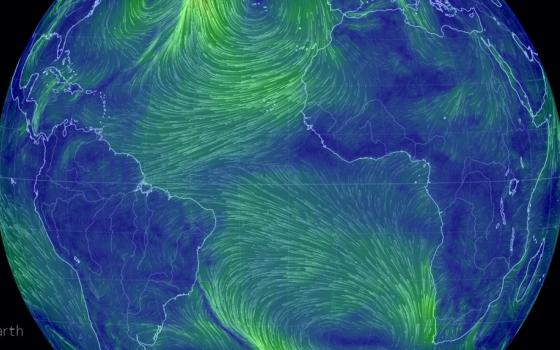On Sunday, United Nations delegates wrapped up a two-week climate summit in Lima, Peru. The point of the summit was to draft an agreement that would commit participating countries to a plan to cut carbon emissions – a plan that would not put undue financial pressure on developing nations.
In recent decades, wind energy has been discussed as a possible solution to the world’s carbon emission problem. In the United States, wind turbines were largely abandoned in the 1950s, but since the early ‘90s, environmentalists have been examining the cost and energy effectiveness of wind power.
The Brussels-based Global Wind Energy Council thinks wind energy is a wonderful option (obviously). Here are three stats from the council about the benefits of wind energy:
- In 2012, the wind industry created 15,000 new jobs in Brazil.
- Currently, Denmark gets 30 percent of its electricity from wind. They aim to have that figure at 50 percent by 2020 and at 100 percent by 2050.
- In 2011, 446 billion kilowatt hours of wind energy were produced worldwide.
This interactive map utilizes data from the U.S. National Weather Service’s global forecast system to illustrate what the wind doing all over the world – and in real time. Well, almost. The map updates every three hours.

